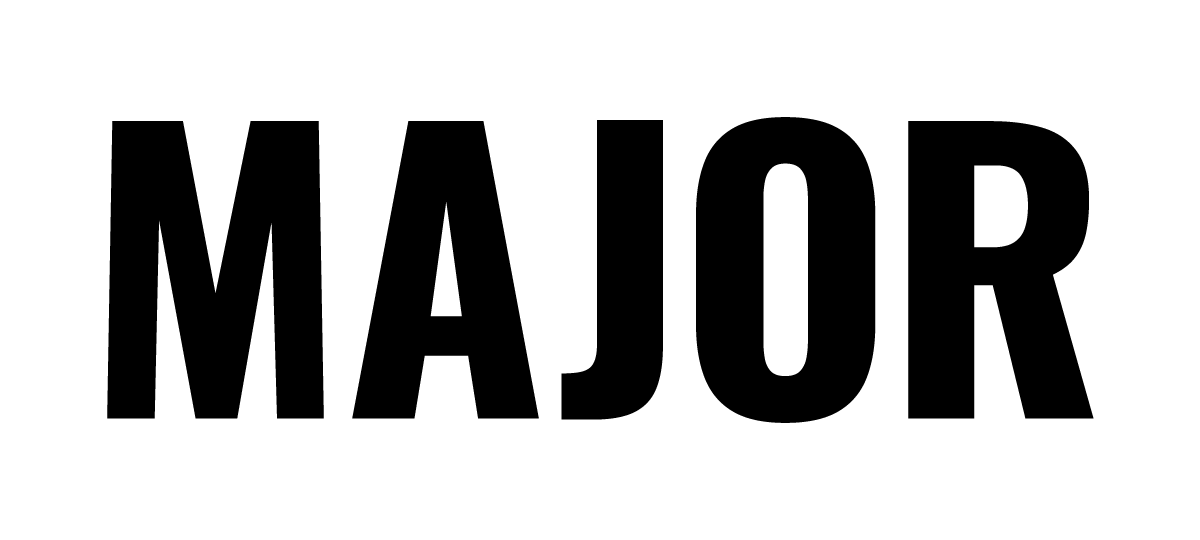5 Simple Ways to Protect Your Business From Natural Disasters
When it comes to protecting your business from natural disasters, you can never be too prepared. Natural disasters can come in the form of hurricanes, tornados, earthquakes, flooding, and extreme changes in temperature. No matter which type of weather event affects your region, it’s important to plan ahead to keep yourself and your business safe. Here are five simple ways you can support your business from natural disasters:
1. Perform a Risk Assessment
The first step in disaster-proofing your business is to assess your business infrastructure. This can include inspecting the layout of your building, taking inventory of technology used in your business, and verifying that any storage is kept in a secure area. You want to keep an eye out for things like faulty equipment, weak paneling, and safety hazards. Once you have an idea of what needs to be improved, you can begin securing your business.
2. Review Your Insurance
The best time to review your insurance policy is BEFORE a disaster happens. It’s important to understand how well your business will be covered in the event of a natural disaster. Some regions will require you to pay higher premiums if your area is more prone to particular disasters (for example, hurricanes in the south). Contact your insurance provider and review your coverage.
3. Back Up Your Data
One aspect of disaster preparedness that often gets overlooked is data protection. In the event that your computers or hard drives are destroyed during a disaster, it’s important to have your data backed up for future recovery. Important documents and files can easily be stored in the cloud, or with services like Dropbox and Google Drive. You can also use physical hardware like external drives and USB sticks. You should back up your data regularly to minimize the amount of data lost during a disaster.
4. Protect Physical Assets
Disaster preparation also includes protecting physical assets like hardware, office equipment, and tools. To protect your assets from disaster, you can:
Move documents and technology away from potential leaks
Move all essential devices to higher levels and away from large windows
Secure heavy and fragile items
Contact an electrician to verify that wires are safe from potential water damage
5. Create an Emergency Operations Checklist
If disaster happens, it’s important to have a solid plan in place to continue operating your business. A good emergency operations checklist will help you keep lines of communication open with customers and employees, create a safe workspace, and quickly address safety hazards. Items to consider on your checklist include:
Determine safe evacuation routes
Survey potential safety hazards such as live wires, leaking gas or flammable liquids, poisonous gases, and damage to foundations or underground piping
Contact professionals to work on repairs
If the building isn’t safe to enter, is remote work available?
Establish an emergency medical kit
Determine how post-disaster communication will be delivered to employees and customers
Establish emergency contact information for employees



